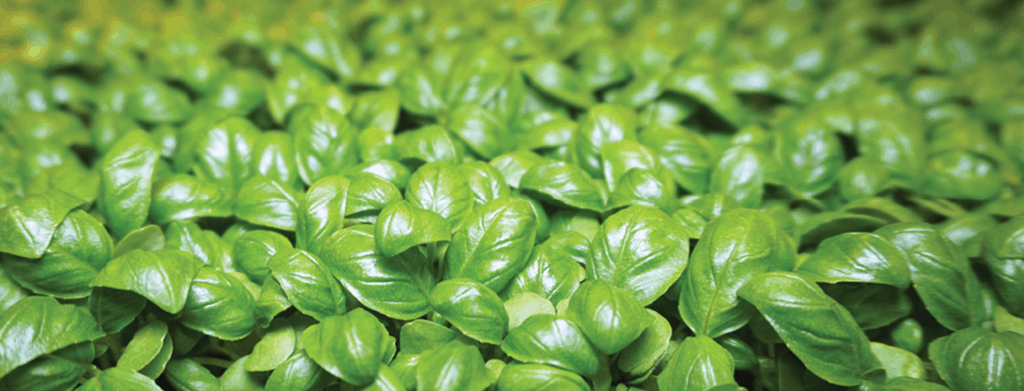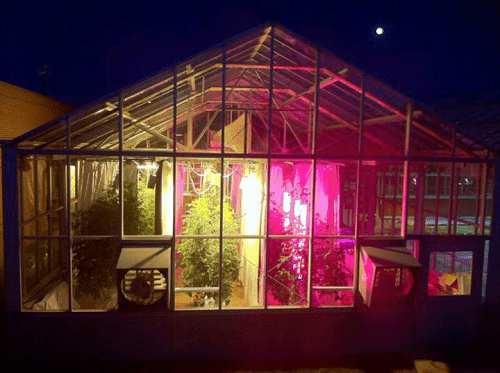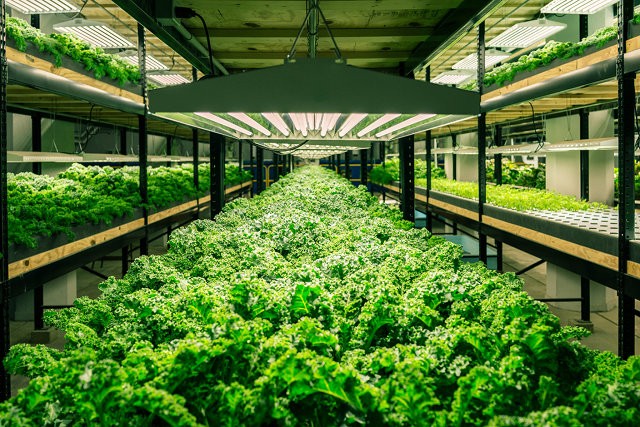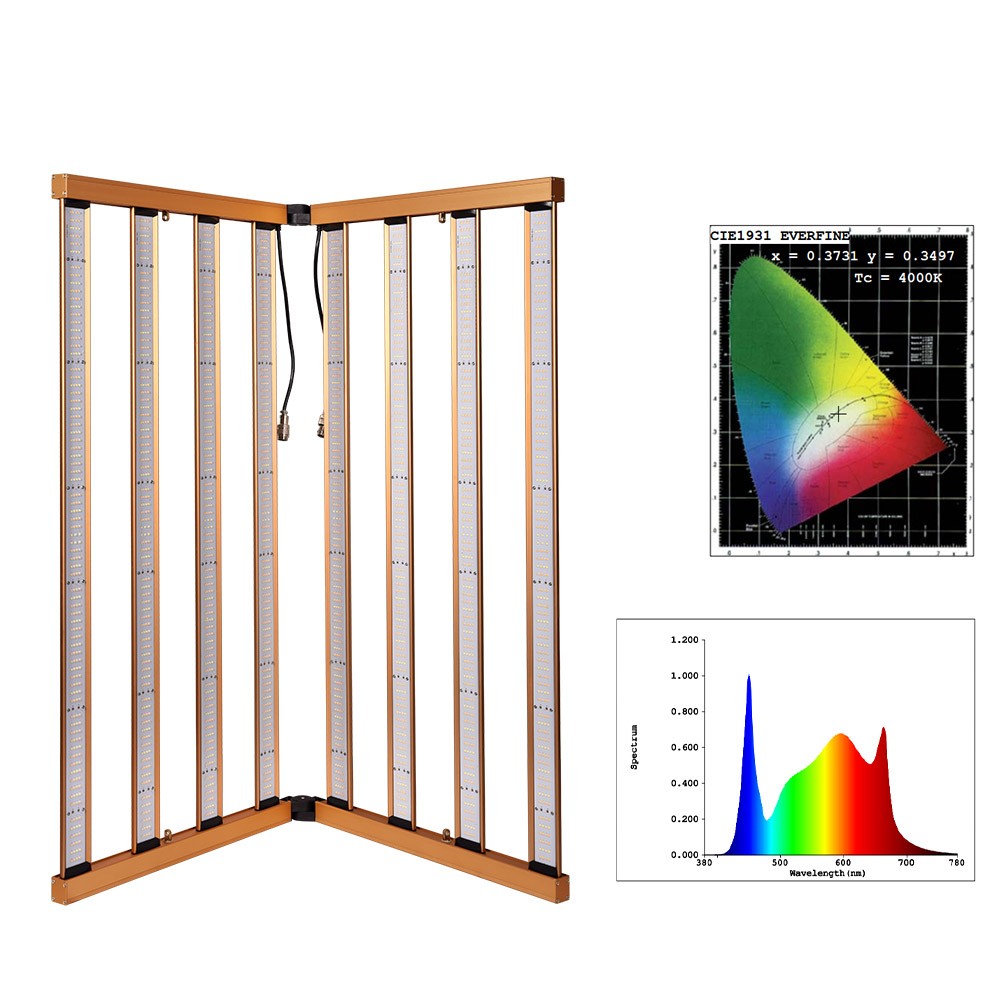Project Description
If you want to grow many plants indoors, such as indoor plants, orchids, and even some fruit and vegetable crops, then the choice of growing lights will be very important. Planting lights are great for starting seeds because they help ensure short, green seedlings. Herbs and salad vegetables can also be grown under the light in winter. You can choose an indoor grow light system that suits the plants you want to grow by learning how plants use light and the options for lamps. Here are the guides for your reference.
5 Factors you have to consider when choosing a grow light
Asking yourself these questions can help you make the best choice.
- What type of plants will you grow?
- Will you grow year-round or start planting in spring?
- How tall will these plants grow?
- Where will you put the light? Is it in your living space or hidden in the basement?
- Should the light be movable (for example on casters)?
3 keys to choosing the right plant growth light
Right Color
Sunlight contains the complete spectrum, including all the colors of the rainbow: red to yellow to blue and purple. Just like plants that grow outdoors in the sun, indoor plants grow best under full-spectrum bulbs, which produce a balance between cold and warm light that replicates the natural solar spectrum. They are very suitable for seedlings as well as houseplants, culinary herbs and other plants. All our growth lamps, brackets and replacement bulbs are full spectrum.
Right Duration
Whatever type of plants you grow, you must give them a break. When it is dark, plants breathe, which is an important part of their growth process. The balance between resting time and active growth time affects many biological processes, including growth rate and the setting of buds and fruits. The switchboard with a built-in timer can easily determine the correct duration.
Botanists usually classify plants into three categories according to their preferred day length: short days, long days, or neutral days.
Short-day plants, such as chrysanthemums, daisies, rhododendrons, and begonias, can thrive in less than 12 hours of sunlight a day. In fact, these plants usually have to go through a series of even shorter days before they can bloom and bloom.
Long-day plants need 14 to 18 hours of light a day. Most seedlings of vegetables and garden flowers are long-day plants. When they don’t receive enough light, they become pale and elongated.
Day-neutral plants, including foliage plants, geraniums, coleus and African violets, usually provide 8 to 12 hours of sunlight throughout the year.

Right intensity
The intensity of the light received by the plant depends on the brightness of the bulb and the proximity of the plant to the light source. Plants have different requirements for light intensity. Generally, plants native to tropical jungles or shady forests do not need as much light as plants that have evolved in dry, sunny climates (such as the Mediterranean or southern Mexico).
Some flowering indoor plants, such as African violets and begonias, are happy to be 10 to 12 inches from the light source. Leaf plants (such as ivy or philodendron) can be placed 36 inches away from the light source. However, many flowering plants, such as orchids, garden seeds and citrus, and most vegetable plants, require higher light intensity to bloom and produce fruits.

Why Choose LED Grow Light, Not Fluorescent?
You might say that both LED grow lights and Fluorescent produce full-spectrum light. Why should we choose LED grow lights? Because LED is more suitable for the environment and wallet. Our product development team has designed energy-saving, economical, and effective LED lights, specifically to meet the demanding needs of the factory (compared to multifunctional LEDs). They provide bright, full-spectrum plant cravings with additional blue peaks to stimulate stronger root growth, enhance photosynthesis and ensure peak growth. Enjoy your healthiest and healthiest seedlings, indoor plants, orchids, and other indoor plants!
- They are very suitable for your plants. High-tech LEDs are specifically calibrated for indoor growth.
- They are very efficient. The power consumption of LEDs is half that of fluorescent lamps, and the service life is 5 times that of fluorescent lamps.
- They are friendly to the earth. Mercury-free LED tubes will not break like glass, so the number of landfills will eventually decrease.
In addition to learning the above plant growth lamp procurement guide, there is a faster way to help you choose a suitable LED growth lamp – Contact our experts to start consulting now.


